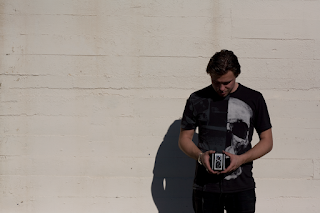Printing Processes

We reviewed three different ways of printing: ink relief, intaglio, and lithography. They each share characteristics but have many different requirements, steps, and even tools. With different applications, resources, and finished products, each one is important. Ink Relief Forms of ink relief was first used before the press was invented, so it could all be done by hand. With wood cut, the grain is important for the impressions it leaves in the black areas, while with the linoleum cut the black area is full and unbroken. In both cases, a previously drawn image can be traced or the image can be directly drawn onto the surface. Similar carving tools are used to define the white areas of the image, while places left alone are the black areas. Most styles are either white marks in a black area or small black streaks left in a white area. Many pictures use both is tandem. Once the image is complete, the object is treated properly then ink is applied. A slightly damp piece of p

